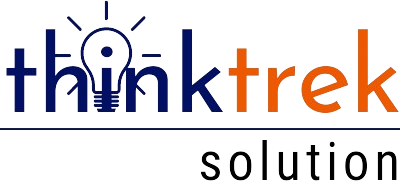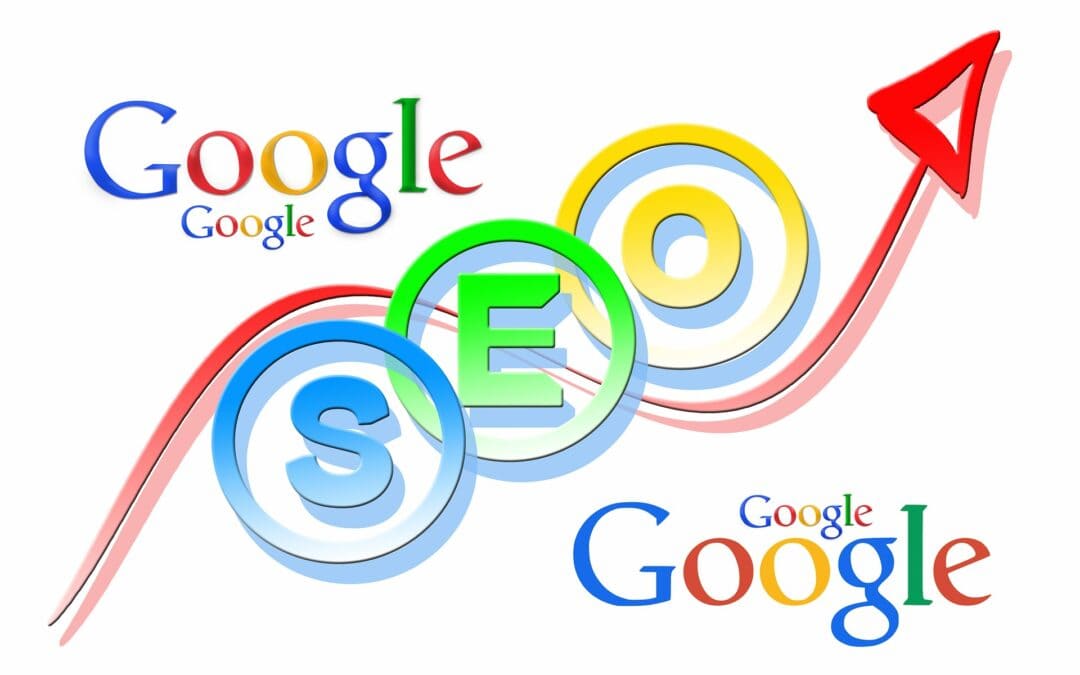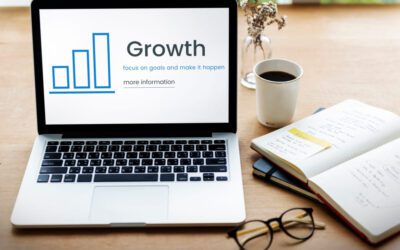Given the prominence of online search, it’s no surprise that every company wants to be found at the top of search results when a customer is looking for a specific product or service. However, getting that coveted top ranking takes more than simply having a great business and an online presence—it necessitates a robust search engine optimization (SEO) strategy.
In a nutshell, search engines do two tasks: crawling and indexing webpages, and then providing a prioritized list of websites based on what the search engine considers to be the most relevant to visitors. SEO is essential for increasing the visibility of your brand’s website and, as a result, its organic search position.
That is why most of the websites tend to hire the best SEO Agency in Massachusetts for improving their rankings. When used strategically, SEO may help you increase website traffic, increase ROI, generate more leads, and raise overall brand awareness for your company.
Use these five basic SEO tactics to boost your brand’s organic search position as a starting point for your SEO strategy:
1. Make a list of the keywords you want to target.
Identifying your target keywords—that is, the major words and phrases that reflect your brand and its content—is one of the first steps in building an SEO strategy that matches with your business goals. You may discover which keywords are most relevant to your target audience by conducting keyword research using tools like Google Ads Keyword Planner, WordStream, or Wordtracker. This information can help you increase the visibility and reach of your site’s content in search results. Finally, by leading you to generate great content that is carefully targeted to your audience, this lays the groundwork for your content strategy.
2. Make your on-page SEO as good as it can be.
Simply said, on-page SEO is the practice of using target keywords to optimize individual webpages so that they rank better in search results, generate more traffic, and convert more visitors. Implementing on-page SEO is a critical component of improving your company’s internet search ranking. After you’ve determined your brand’s target keywords, you’ll need to optimize your webpages by incorporating them into each of these crucial areas:
- Though URL structure plays a minor effect in SEO ranking, a well-optimized URL assists visitors and search engines alike to quickly identify and comprehend the link destination.
- The main heading that appears in search results and in the title bar at the top of your web browser is the title tag, which is a simple yet important piece of on-page SEO.
- Body text – Your webpage’s main text is the most crucial area to incorporate keywords because it contains the majority of the information your visitors are looking for.
- Meta description – A meta description is a short overview of a webpage that appears in search results. Your webpage will be more likely to attract visitors if your meta description incorporates your goal keywords.
- H1 tag – The H1 tag is the main heading that visitors to your website will view. Its goal is to convey what the webpage is about, thus keywords that are relevant to the page’s content should be included.
3. Create an effective content strategy.
Websites that are routinely updated with fresh, high-quality information are favoured by search engines. As a result, one of your key goals in developing a content strategy that will drive visitors to your site should be to create high-quality, search-engine-optimized content.
However, while the phrase “content is king” is common, not all material is excellent content. Create and publish content that will help your business gain topical authority—or the major themes for which you want to be known as an expert—while employing relevant, targeted keywords to get the most out of your content strategy.
4. Become an expert in link-building strategies.
Implementing external, internal, and inbound link-building methods is another important part of an efficient SEO strategy. Guest blogging, the creation of useful or fascinating material, the distribution of infographics, or the marketing of an event are all excellent ways to get high-quality backlinks. Concentrate on the quality of links you receive from other sites that are related to your business or industry, rather than the quantity.
A mix of internal links, or links to another page on your own website, and outbound links, or links from your website to another respectable source, is another link-building strategy. A blog, in particular, is an excellent location to put these internal and outbound links to good use.
5. Existing Content Can Be Republished
One of the most important advantages of having a blog is the SEO value it offers. It’s also a fantastic technique to maintain your website fresh and current. Because not every blog post you write will receive the attention it deserves, it’s critical to take the time to update or republish top-performing content that’s still relevant and valuable with new information and photos. This will not only lengthen the life of your content, but it will also improve the SEO value of your site by building on the SEO value that your material has gathered through time. In fact, updating outdated blog entries can boost your site’s organic search traffic by up to 112 percent.
Conclusion
After you’ve optimized your site for search, it’s vital to keep track of its performance with an analytics tool like Google Analytics to see which keywords and traffic sources are converting the most visitors.
This information can assist you in determining which keywords to target in your content strategy moving forward in order to achieve the greatest results, as well as which keywords you should avoid. This entire process can be made easier for you just by coming in contact with the best SEO Agency in Massachusetts.




